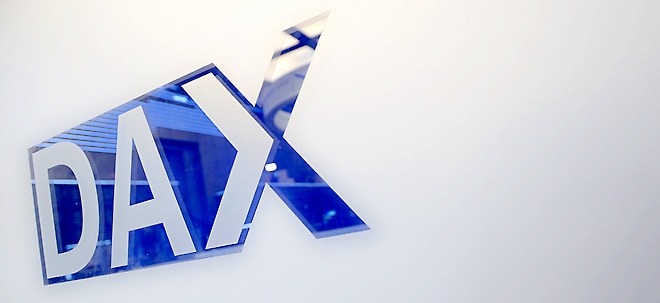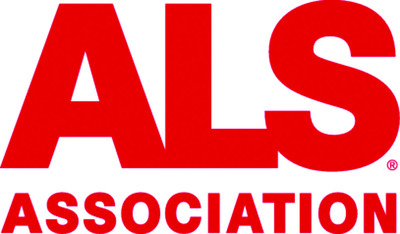ALS Care Costs Over $47,000 in the First Year, ALS Association-Led Study Shows
Prescription medications were found to be a key driver of Medicare expenditures and patient liability
ARLINGTON, Va., Oct. 23, 2025 /PRNewswire/ -- For individuals enrolled in Medicare, medical expenses in the first year following an ALS diagnosis top $47,000—more than three times higher than the average Medicare beneficiary, according to a new study led by the ALS Association.
The findings, which were published in the October issue of The American Journal of Managed Care, also show that while only about one third of Medicare beneficiaries with ALS take an FDA-approved medication, the cost of these drugs is a key contributor to the disease's overall financial burden.
"ALS is a devastating disease—physically, emotionally, and financially. Our goal was to quantify the medical costs accumulated throughout the first year following an ALS diagnosis and get a better understanding of the types of care that drive up these costs," said Sarah Parvanta, Ph.D., MPH, the Association's senior director of mission informatics and co-author of the study. "Understanding the magnitude of the financial burden faced by people living with ALS and the health care system is essential if we are going to reduce the harms of ALS and make it a livable disease."
Approximately two out of three Americans living with ALS are covered by Medicare, based on data collected by the National ALS Registry and ALS Focus™ Survey Program. People diagnosed with ALS qualify for Medicare when they begin receiving disability benefits from the Social Security Administration, regardless of their age.
For this cohort study, researchers from the ALS Association in partnership with Avalere Health analyzed 100% Medicare fee-for-service claims from 2017–2021, including Part A and Part B medical claims and Part D prescription drug event data. They found that people diagnosed with ALS during that timeframe had an average annual Medicare expenditure of $47,450 versus $13,889 for beneficiaries without ALS. The portion of these costs not covered by Medicare (patient liability) was also more than three times higher for people with ALS ($6,802 versus $2,050).
The biggest expense for all Medicare beneficiaries was short-term acute hospital care ($11,237 for people with ALS versus $3,249 for those without ALS). Other notable cost drivers for people living with ALS included durable medical equipment ($5,583) and prescription drugs ($6,309).
Surprisingly, only about 5% of Medicare beneficiaries with ALS had a claim for edaravone during the first 12 months following their diagnosis and a little more than 31% had a claim for riluzole. This low level of drug utilization was unexpected given clinical practice guidelines.
"We know the financial burden of ALS is underestimated by this study because the Medicare dataset did not include any non-medical costs, like a wheelchair-accessible vehicle, home modifications, or lost income," Dr. Parvanta said. "These expenses can be overwhelming and cause stress, added work burden, and debt for people living with ALS and their families."
An ALS Focus survey of 440 people living with ALS and caregivers conducted in 2020 found that one in four participants (25%) had to borrow money or went into debt because of their ALS treatment or the need to provide caregiving. Survey participants also said that covering the cost of medical treatments (41%) or medical services (39%), understanding their health insurance coverage (41%), and managing medical billing paperwork (38%) were highly stressful.
"Making ALS livable will require new, innovative, and most-likely costly treatments that can slow down or stop further progression of the disease as well as restore lost function," said senior author Kuldip Dave, Ph.D., senior vice president of research at the ALS Association. "This study shows that current ALS treatment and care already presents affordability challenges, so policymakers must consider how Medicare will address this significant cost burden. People living with ALS should not have to forfeit their financial health to improve their physical well-being."
About the ALS Association
The ALS Association is the largest ALS organization in the world. The ALS Association funds global research collaborations, assists people with ALS and their families through its nationwide network of care and certified clinical care centers, and advocates for better public policies for people with ALS. The mission of the ALS Association is to make ALS livable and cure it. For more information about the ALS Association, visit our website at www.als.org.
About ALS
Amyotrophic lateral sclerosis (ALS) is a progressive neurodegenerative disease that affects nerve cells in the brain and spinal cord. Over the course of the disease, people lose the ability to move, to speak, and eventually, to breathe. The disease is always fatal, usually within five years of diagnosis. Few treatment options exist, resulting in a high unmet need for new therapies to address functional deficits and disease progression.
![]() View original content to download multimedia:https://www.prnewswire.com/news-releases/als-care-costs-over-47-000-in-the-first-year-als-association-led-study-shows-302592741.html
View original content to download multimedia:https://www.prnewswire.com/news-releases/als-care-costs-over-47-000-in-the-first-year-als-association-led-study-shows-302592741.html
SOURCE The ALS Association


